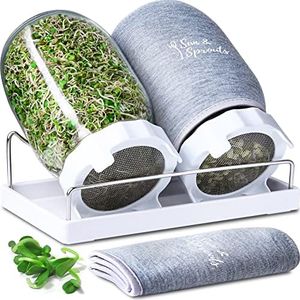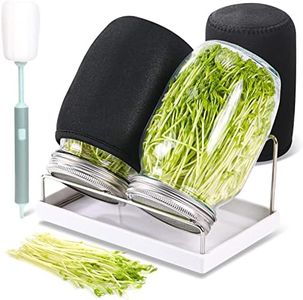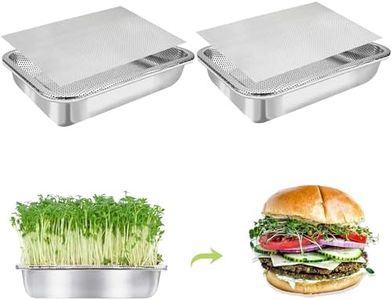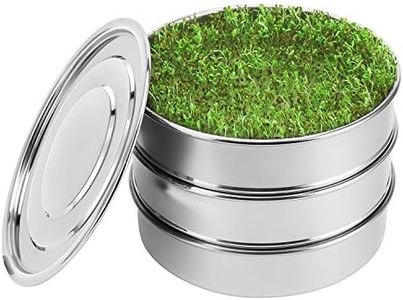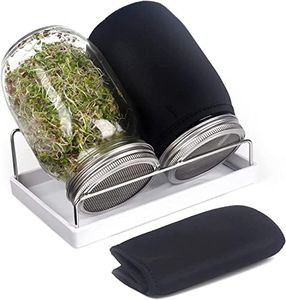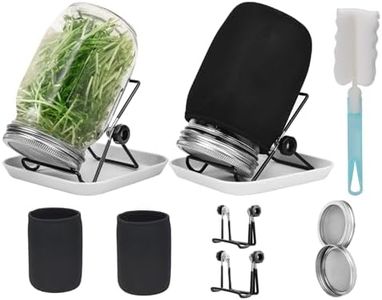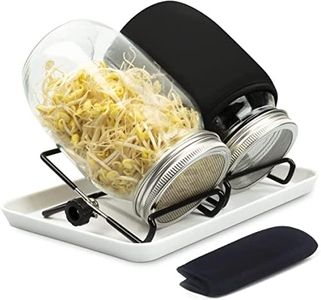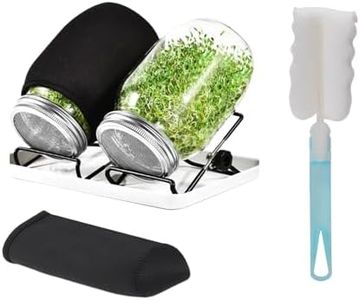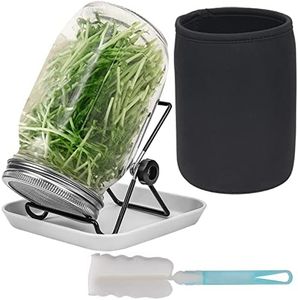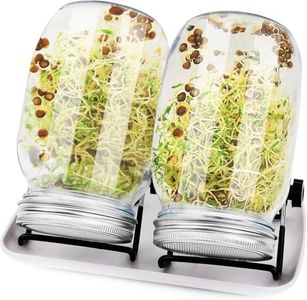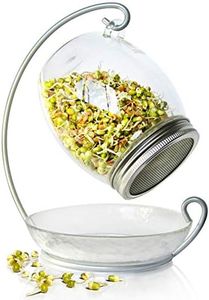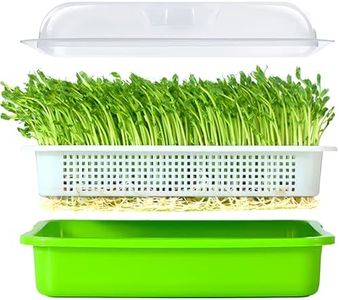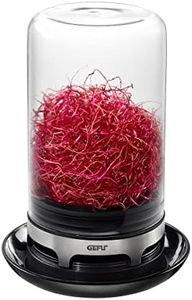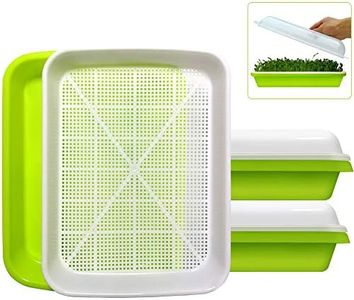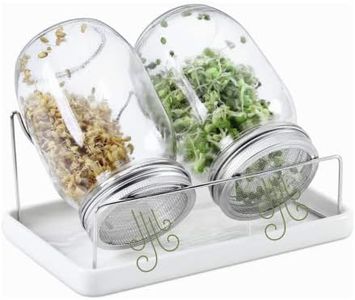We Use CookiesWe use cookies to enhance the security, performance,
functionality and for analytical and promotional activities. By continuing to browse this site you
are agreeing to our privacy policy
10 Best Sprouting Kits
From leading brands and best sellers available on the web.Buying Guide for the Best Sprouting Kits
Choosing the right sprouting kit is all about matching your space, level of commitment, and what kind of sprouts you want to grow. Sprouting kits let you turn seeds into fresh, nutritious sprouts right in your kitchen. To find the best fit, you should consider how much you want to grow at once, how much attention you’re willing to give the process, and whether you prefer a more hands-on or low-maintenance experience. Understanding a few key features can help you navigate the many options on the market.Sprouting MethodThe sprouting method refers to how the kit is designed to let seeds soak and grow—common types include jars, trays, or bags. This matters because some methods are simpler and more suited to beginners, while others are more efficient for larger amounts. Jars are straightforward and great for small batches or starters, trays can let you grow different seeds at the same time and scale up production, and bags are portable and can be tucked away easily. If you’re new or want to try just a small amount, a jar is a good option. If you want a steady supply of sprouts or want to experiment, trays offer more flexibility.
MaterialThe material of the sprouting kit will affect its durability, ease of cleaning, and even the safety of your sprouts. Kits are commonly made of glass, plastic, or stainless steel. Glass is non-reactive and easy to clean, though it can break. Plastic is lightweight and tougher but may stain over time and some types aren’t as long-lasting. Stainless steel is highly durable but can be more expensive and is less transparent, making it harder to see inside. If you want something easy to sterilize, go for glass. For toughness, choose food-safe plastic or steel.
Size/CapacitySize or capacity tells you how many sprouts you can grow at once. Small kits are great for singles or couples who only want a handful, while larger kits are better for families or if you eat sprouts often. If you have limited countertop space, a compact kit will be more convenient. Consider how much you eat and how much space you can dedicate, and match your kit to your regular needs. Don’t go too big if you’re just starting out, as you might not keep up with the bigger harvests.
Ease of Use/CleaningHow easy the kit is to use and clean can make sprouting enjoyable or a chore. Some kits have extra parts or require more effort to rinse seeds or clean out, while others are designed for quick rinsing and simple drying. Look for kits with fewer crevices, dishwasher-safe parts, and simple assembly. If you’re trying sprouting for the first time, picking a kit known for hassle-free cleaning will help keep things fun and safe.
Drainage and AirflowGood drainage and airflow are essential for healthy sprouts, as they help prevent mold and rot. Some kits include built-in drainage systems, tilted designs, or mesh lids that allow water to escape and air to circulate. Simple jar kits often rely on mesh or perforated lids, while trays may use slanted platforms or wicking mats. If you live in a humid area or plan to sprout larger seeds, better airflow is especially important. Think about your kitchen climate and how closely you’ll be able to monitor moisture, and choose a kit that matches.
